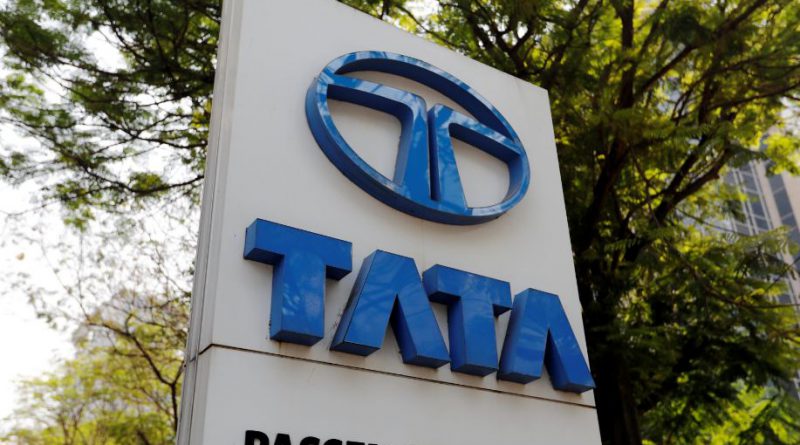Tata Motors Forecasts Strong Growth in Second Half Fueled by Tax Cuts and Infrastructure Push
Tata Motors anticipates strong second-half growth driven by tax cuts, infrastructure expansion, and festive season demand.
India’s leading automaker, Tata Motors, has projected strong growth in the second half of the fiscal year, expecting high single-digit demand across its vehicle segments.
The company’s outlook is supported by the government’s recent tax cuts and an ongoing boost in infrastructure activities, including mining and construction projects across the country.
Girish Wagh, Managing Director and CEO of Tata Motors, stated that demand is set to rise in the coming months as economic conditions improve and investments in public infrastructure continue to gain momentum.
The company anticipates healthy sales in both commercial and small cargo vehicle categories during the remainder of the fiscal year.
The government’s decision to lower the goods and services tax (GST) on commercial vehicles from 28% to 18% has provided a significant boost to the automotive sector.
This reform, implemented in late September, has improved affordability for fleet operators and transporters, encouraging new purchases and supporting overall market sentiment.
During the first half of the fiscal year, which began on April 1, Tata Motors reported a modest 3% increase in total sales.
However, the company expects stronger performance in the second half, driven by favorable policy measures and increased industrial activity.
Despite reporting a quarterly loss of 1.02 billion rupees due to a one-time impairment charge, Tata Motors’ underlying performance remained robust.
Excluding this charge, the company’s profit surged by nearly 57% to 17.57 billion rupees, supported by strong festive season demand and rising sales of small commercial vehicles.
The festive season traditionally marks a peak period for automakers in India, as logistics operators expand their fleets to meet higher demand in retail and e-commerce.
Tata Motors experienced a 12% year-on-year increase in total sales during the latest quarter, reaching 94,681 units. This included a 9% rise in domestic sales and a remarkable 75% jump in exports.
Revenue for the quarter climbed 9.3% to 168.04 billion rupees, reflecting consistent growth in both domestic and international markets.
The company’s export performance highlights its growing global footprint, particularly in emerging markets where demand for commercial vehicles remains strong.
Tata Motors recently completed a strategic restructuring, separating its passenger vehicles division from the commercial vehicle arm. Both units now operate as independent entities under the broader Tata Motors Group.
The commercial vehicles unit made its trading debut on India’s stock exchanges on Wednesday, listing at a strong 28.5% premium before experiencing a slight dip in early trading.
Industry analysts view the company’s forecast as a sign of recovery and confidence in India’s automotive market.
The government’s focus on infrastructure spending, rural connectivity, and logistics development is expected to generate sustained demand for trucks, buses, and small cargo carriers.
Wagh noted that sectors such as mining, road construction, and housing are witnessing renewed activity, which will directly translate into higher demand for commercial vehicles in the months ahead.
With India’s economy showing resilience and private investment picking up pace, the outlook for the automotive industry remains optimistic.
Tata Motors continues to strengthen its presence through product innovation and sustainability initiatives.
Its growing portfolio of electric and alternative-fuel vehicles reflects the company’s long-term commitment to cleaner mobility and reduced carbon emissions.
As fiscal 2025 progresses, Tata Motors’ positive outlook aligns with India’s broader economic revival, supported by tax reforms, infrastructure expansion, and festive season momentum.
The company’s strategic restructuring and market adaptability position it well for continued growth in the evolving automotive landscape.



